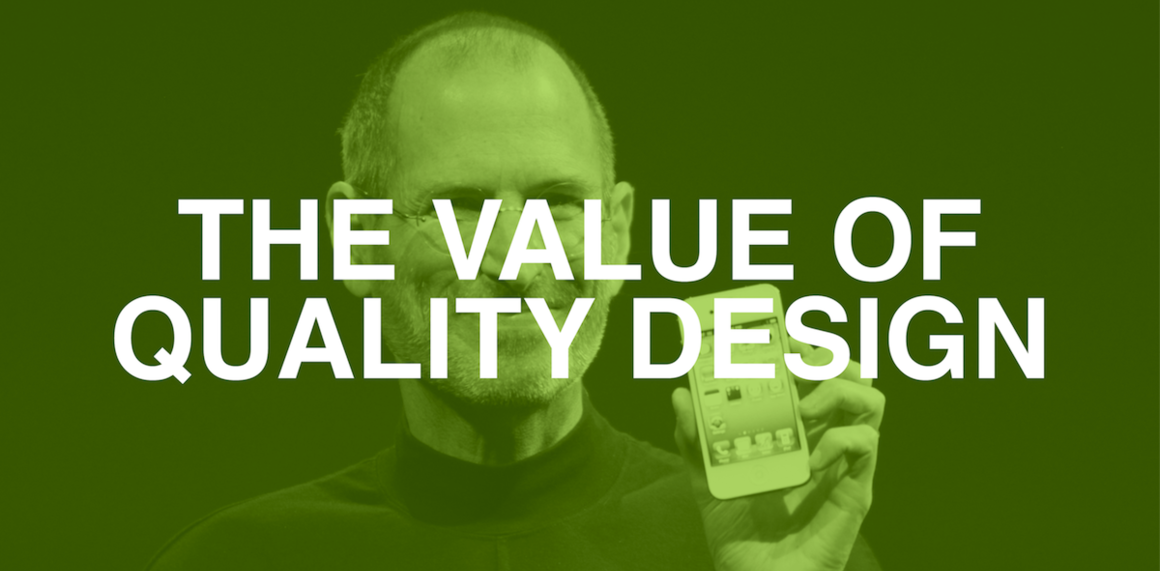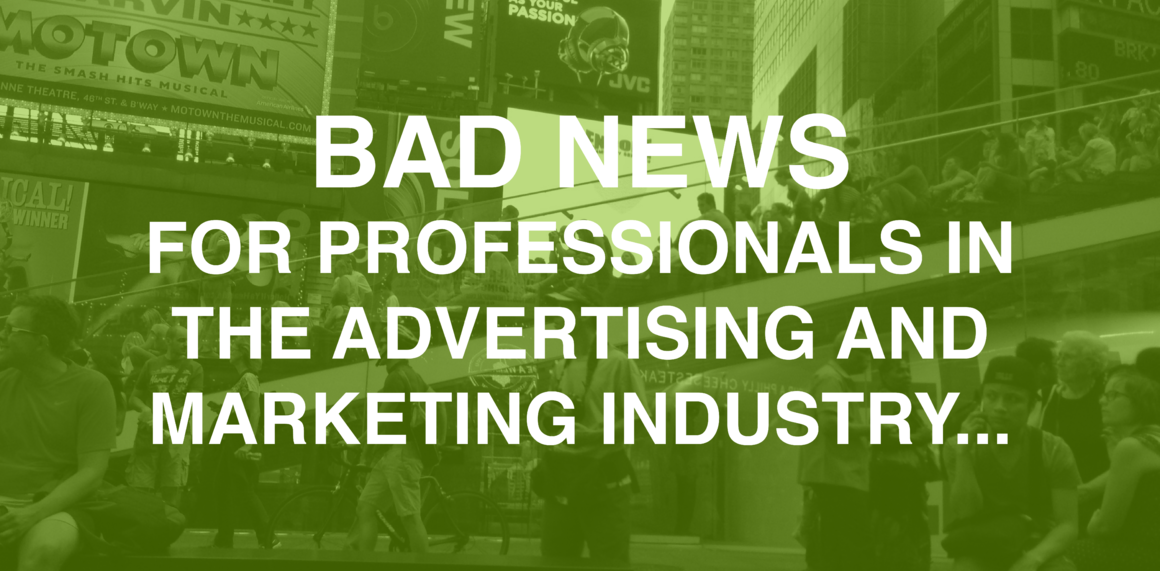Top 3 Design Trends for 2015
https://perfectcommunications.com/wp-content/uploads/2015/02/l_blog-banner1-1024x504.png 1024 504 admin admin https://secure.gravatar.com/avatar/3f0ab219d4f408464f131b4180b1da5119b8392a5155a011682c7587c73fc755?s=96&d=mm&r=gBy Chris Buoni
Has digital taken over the design world? Results of a quick Google search for “2015 graphic design trends” would seem to indicate it has.
In researching our list of the top design trends for 2015 one thing was clear: digital design, especially for the web, is setting the standard for current design trends. This is not new for 2015. The impact of digital on graphic design trends has been evident for at least the past year.
One of the more popular digital trends that emerged in late 2013 and continued through 2014 was flat design. This aesthetic, adopted several years ago by Microsoft, was catapulted to the top of the design world by Apple with its launch of IOS7 in September 2013. IOS7 abandoned Apple’s long-standing use of skeuomorphic design in favor of flat. During 2014, the move towards flat influenced the design of foundational graphic elements like logos. Several prominent American brands, including Hershey’s and Pizza Hut, redesigned their logos in the flat style, which was a departure from the more realistic logos that served some of these companies for as long as we can remember.
So the question today is not will digital continue to impact graphic design? The question is which trend will impact it the most?
See below for some possibilities.
Material Design
Similarly to how flat design had a champion in Apple, another technology giant is behind the newest trend in digital—material design. Google has created its own visual language that attempts to marry the classic elements of good design with the innovation that technology and science offer. According to Google, their new design language is influenced by the interaction of paper and ink. Google’s material design has three main principles: material is the metaphor; design is bold, graphic and intentional; motion provides meaning. Much of the recent commentary says material design is a slight shift back towards skeuomorphic design. Shadow and depth are being added in moderation to the popular elements of flat design like simplicity and bold color.
Emphasis on Large Type
When working with type in 2015 think BIG. And while you’re at it, think imperfectly handwritten too. Large type continues to be in for 2015; scripty, handwritten fonts are popular as well. It’s all about making an impression and complementing the simplicity of the flat movement. Some other trends in type this year will include letter stacking and type intersecting with objects.
Full-width Background Images
More commonly known as hero images, full-width photos prominently placed in the background above the fold on websites will continue to be prevalent in 2015. This was a huge trend during 2014 that is expected to continue this year. The big, bold image is usually accompanied by sparse yet large type that communicates a simple message or call to action. This growing digital trend actually relies on a principle that graphic designers have known for ages: humans are better visual communicators. Most people more easily connect with images than text. Advances in processing speed, bandwith and HTML coding now allow web designers to take advantage of a style that has a long-standing place in print. But one twist on the hero image that is taking hold is the use of video in the background instead of a still image. It will be interesting to see how movement can be translated to static formats. We have to wonder about how else future designers will merge design thinking with the array of attributes each individual medium brings.










